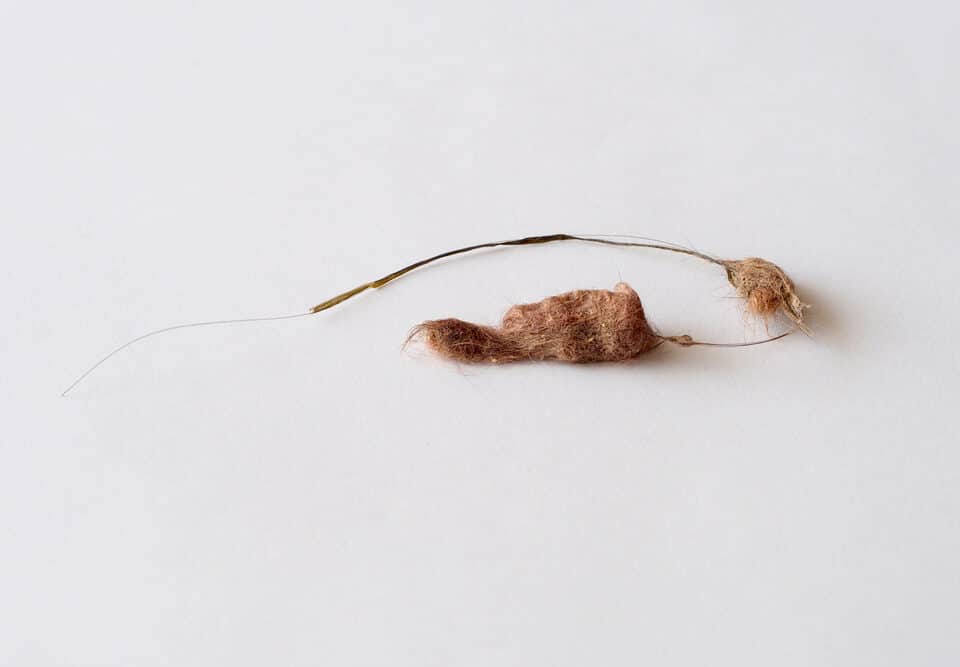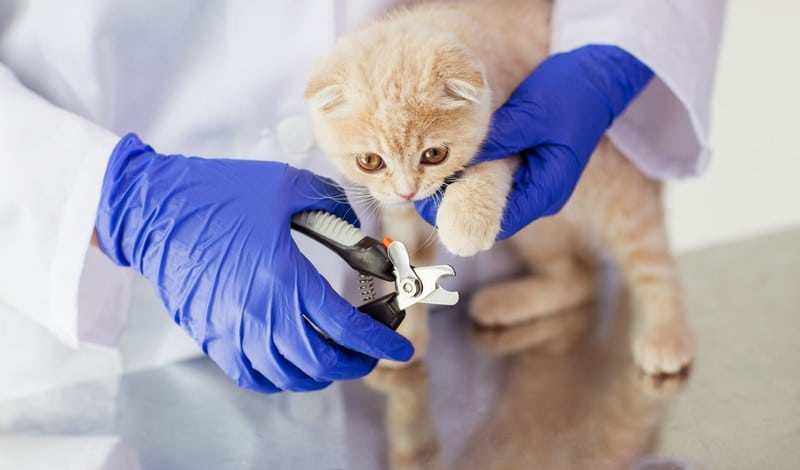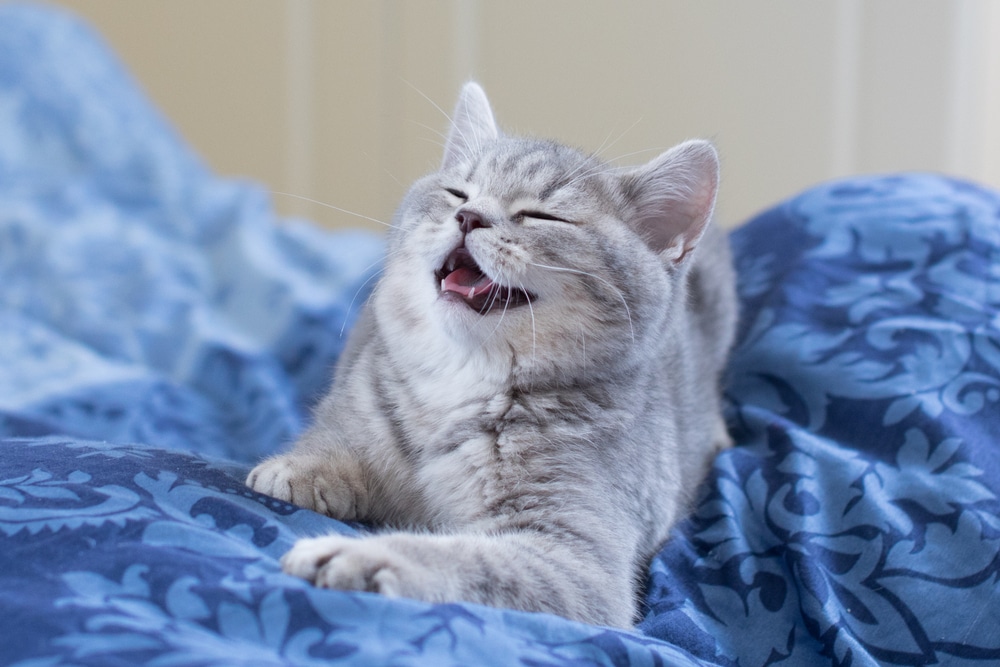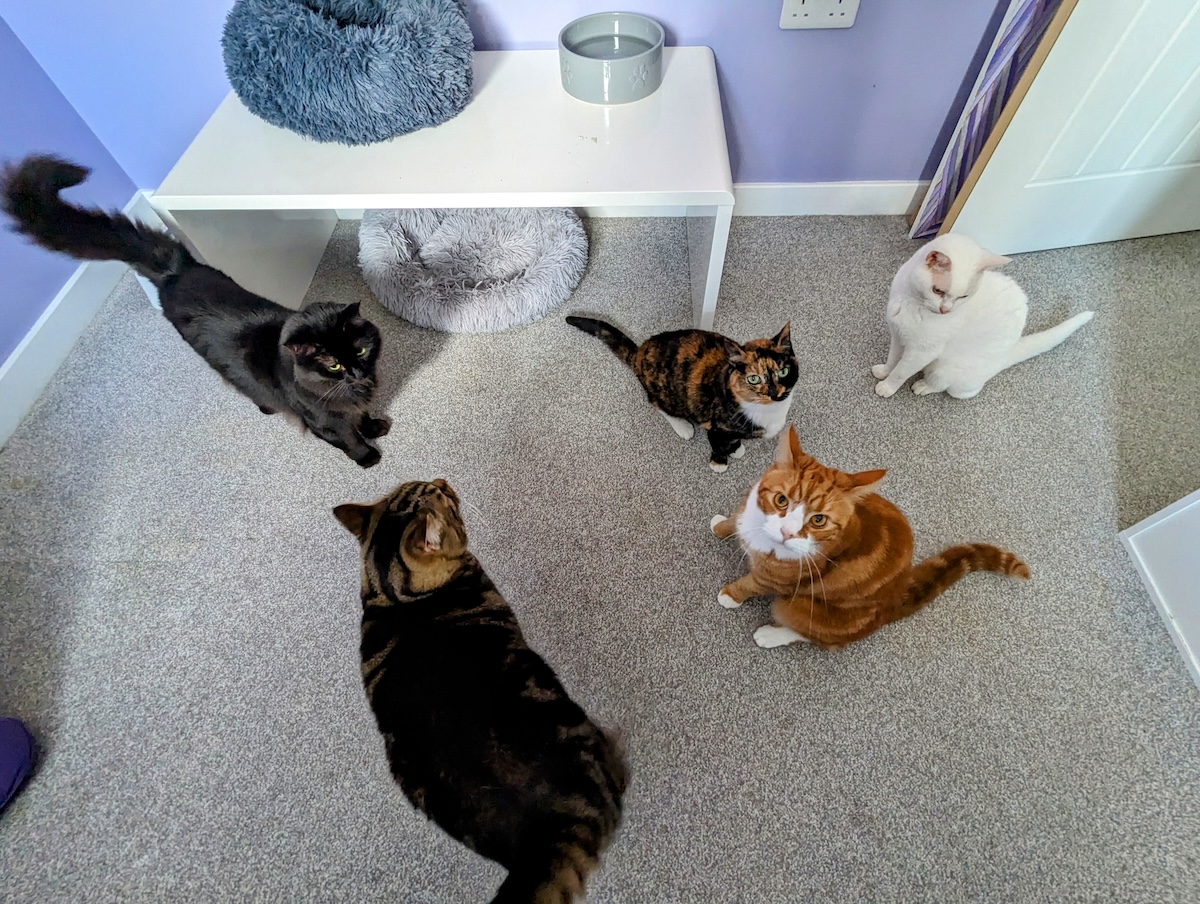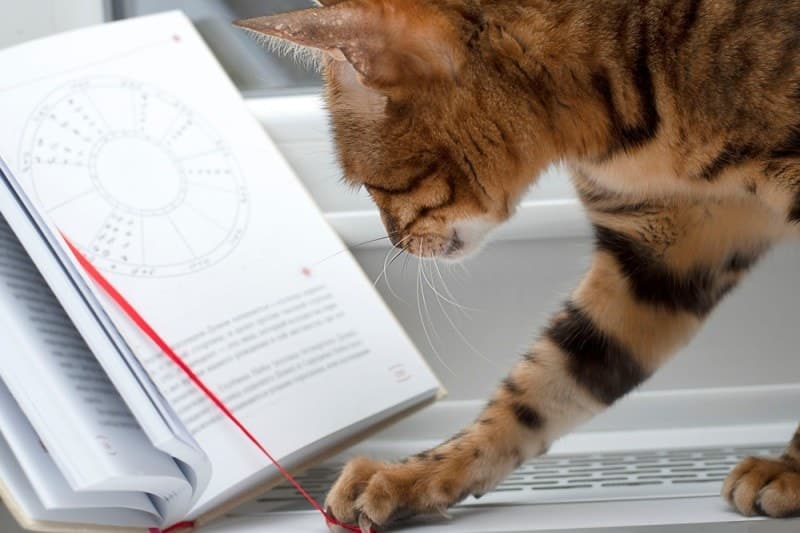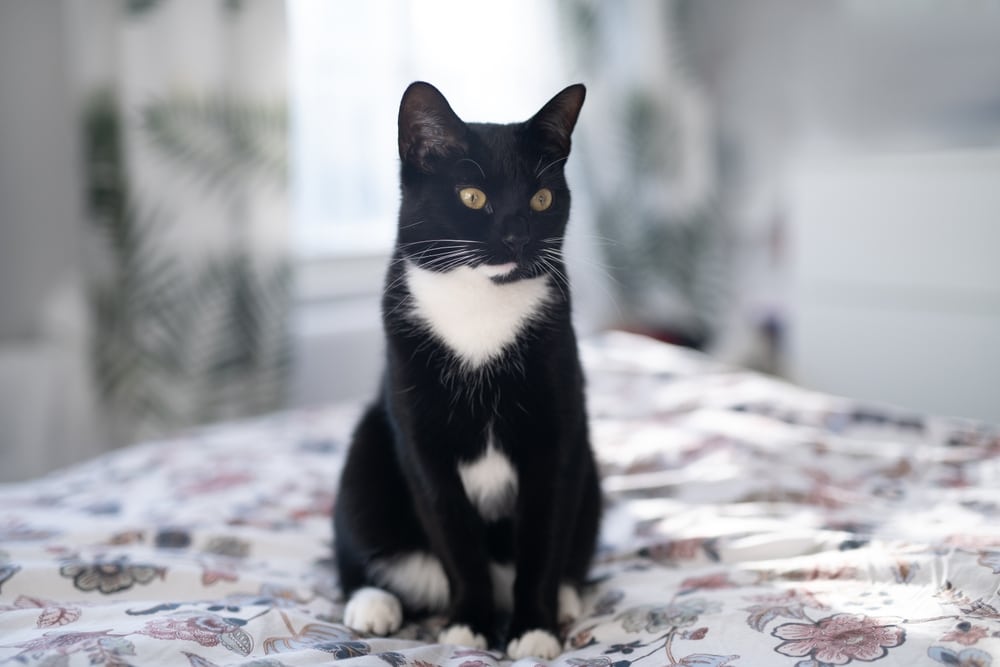Hairballs. They seem like a given when it comes to cats, don’t they? But what if your furry friend has never had one of those unsightly clumps to cough up? You’re not alone in this bewilderment.
Let’s break it down. Cats and hairballs often go hand in hand in conversation and for many cat owners, finding one is as normal as refilling the food bowl. However, not every cat is part of this hairball club. Some felines simply don’t produce them, and that’s absolutely normal! Despite what you might think, hairballs are not an integral part of a cat’s existence.
So, what exactly is a hairball? As cats groom themselves with those rough, sandpaper-like tongues (thank tiny hooks called papillae for that texture), they swallow some of their loose fur. Usually, this fur harmlessly passes through the digestive system and exits with other waste. But if it builds up, it can collect in the stomach, causing what we affectionately call a hairball, which they eventually ‘cough up’—or more accurately, vomit out. Yes, cats vomit hairballs, they don’t cough them up, even if the sounds suggest otherwise.
The fact that a cat doesn’t have hairballs is generally not a cause for concern. It could simply mean that the hair is being processed and expelled naturally. Maybe your cat grooms less frequently or isn’t as prone to shedding. However, if your cat attempts to vomit frequently—whether or not they actually produce anything—or acts lethargic, a vet visit is wise. It’s not common, but a hairball can block the digestive tract, causing serious issues that might require medical intervention.
Ever notice a cat making coughing noises? While it might be tempting to think a hairball is the culprit, it could signal respiratory issues, ranging from infection to asthma. A vet can help differentiate and provide necessary care.
Preventing hairballs is all about grooming and diet. Regular brushing is key, and it’s easy on both your conscience and the furniture. This simple act removes loose hair, reducing the chance of it ending up in the stomach. There are even specially formulated diets and treats designed to help combat hairball formation, as well as oral lubricants and high-fiber foods to keep that fur moving right along.
So, if your cat isn’t a member of the hairball club, breathe easy. It’s usually a good sign that their grooming habits and digestion are working just as they should. However, remain vigilant for signs of distress or coughing, as they could indicate health concerns. Ultimately, a hairball-free life for your cat can be a blessing. And for those cats who do deal with them—well, thank goodness there are ways to manage and minimize their impact!
